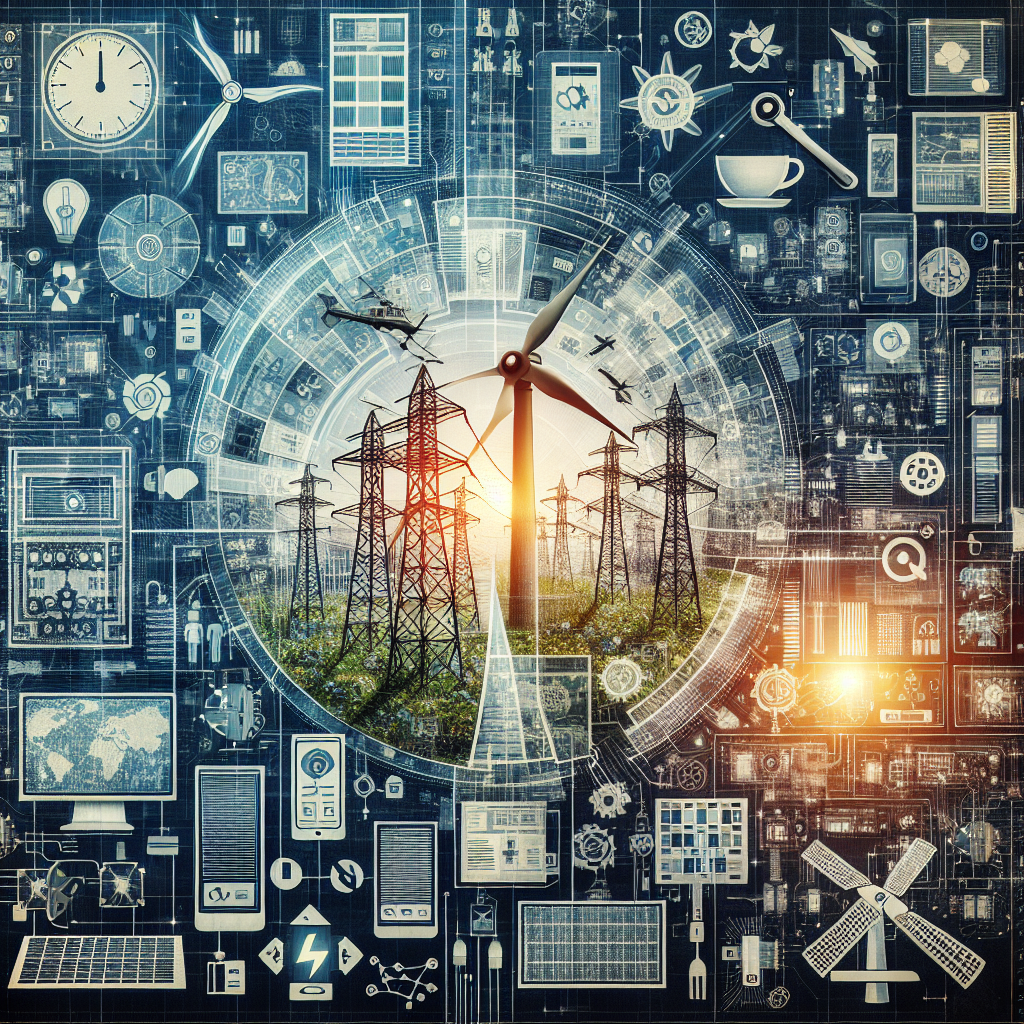A cultural shift is unfolding before our eyes, one that infuses both complexity and simplicity into various facets of our lives. It’s about an invisible network called the smart grid — a vibrant interplay between humans, machines, software, and energy.
Market Overview: This scenario wasn’t always so. Decades back, traditional power grids were linear with few feedback loops or automation features. But today’s world runs mostly on digital technologies and renewable energy sources — hence the emergence of smart grids.
Current Trends:
In a ‘day in the life’ perspective, these grids are no longer just providers but interactive platforms for efficient energy usage; think homes programmed to consume less during peak hours or electric cars charging overnight when demand is low.

Economic Factors:
The financial implications are significant as well. With peak demand periods shifting due to dynamic pricing strategies enabled by smart grids, not only do consumers save money but utilities minimize infrastructure costs too.
Demographic Changes:
The demographic landscape has also been altered significantly by this tech-driven transformation as millennials and Gen Z show growing preference for AI-enabled solutions– including responsive electrical systems– thus accelerating market growth.
Policy Impact:
Governments globally have jumped aboard with policies favoring renewable sources over coal-fired plants—again making room for more intelligent networks capable of balancing intermittent resources like wind or solar power.

Investment Patterns:
And investors have not been left behind. Funds are being funneled into smart grid projects as a green and profitable venture. Energy tech start-ups are seeing their day in the sun; traditional utility companies are adapting for survival.
Affordability Issues:
In contrast, challenges persist. Affordability is one — upgrading entire cities to smart grids requires significant funding, posing difficulties especially in developing regions.
Future Projections:
The next decade will predominantly be about fine-tuning this system globally—scaling up its capabilities, resolving technical issues and ensuring it’s accessible across socio-economic strata.

Market Opportunities:
So where does this leave us? There is immense potential in the sphere of energy storage technologies to complement smart grids, device-to-device communication for seamless interoperability and even blockchain solutions for secure transactions within these networks.

